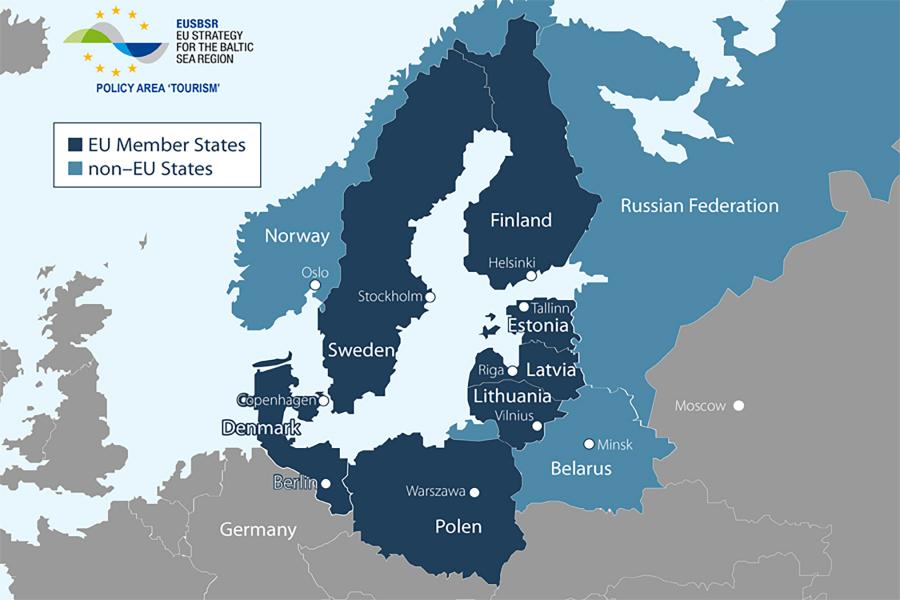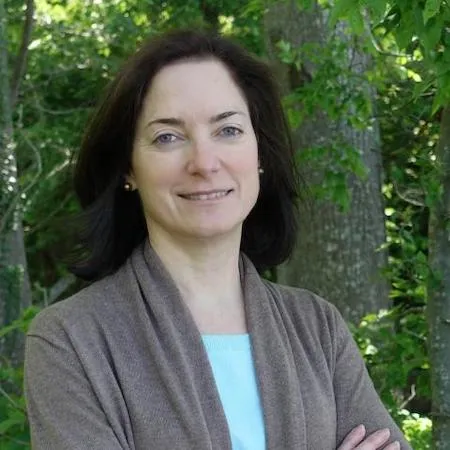This lecture on Environmental Economics is for non-economists interested in socio-environmental science. It is one in a series of lectures by SESYNC visiting economists, Drs. Lisa Wainger and Doug Lipton. In this lecture, Dr. Lisa Wainger uses the example of a Baltic Sea restoration project to explain how to design optimal restoration using funds as efficiently as possible. She discusses goal-setting and establishing optimization while taking into account political realities and “fairness” constraints. Wainger highlights various survey methods, including willingness-to-pay, that can to get at the values people care about. She concludes by explaining that optimization modeling, coupled with legal and political flexibility, allows valuation to be used to examine approaches that would maximize net social benefits while saving costs.

-
About the Presenters
Image

Lisa Wainger
Dr. Lisa Wainger is a professor of environmental economics at the University of Maryland Center for Environmental Science and has over 20 years of experience in integrating ecological and economic analysis tools to evaluate costs, benefits and risks of ecosystem restoration and protection. She is known for pioneering work to include aspects of land spatial configuration in economic valuation techniques and wetland mitigation accounting. She is also known for work developing economically-based non-monetary benefit indicators to improve the representation of tradeoffs in natural resource policy...
Image
Lisa Wainger
Dr. Lisa Wainger is a professor of environmental economics at the University of Maryland Center for Environmental Science and has over 20 years of experience in integrating ecological and economic analysis tools to evaluate costs, benefits and risks of ecosystem restoration and protection. She is known for pioneering work to include aspects of land spatial configuration in economic valuation techniques and wetland mitigation accounting. She is also known for work developing economically-based non-monetary benefit indicators to improve the representation of tradeoffs in natural resource policy and decision-making.
Her current research is testing whether findings from behavioral sciences can more effectively engage farmers and local government officials in environmental problem solving under changing conditions. As Past Chair of the Scientific and Technical Advisory Committee (EPA Chesapeake Bay Program), she collaborates with a wide network of scientists to provide scientific review and direct future research. She also serves on numerous advisory boards to federal and state governments and non-governmental organizations.
-
Supporting Materials